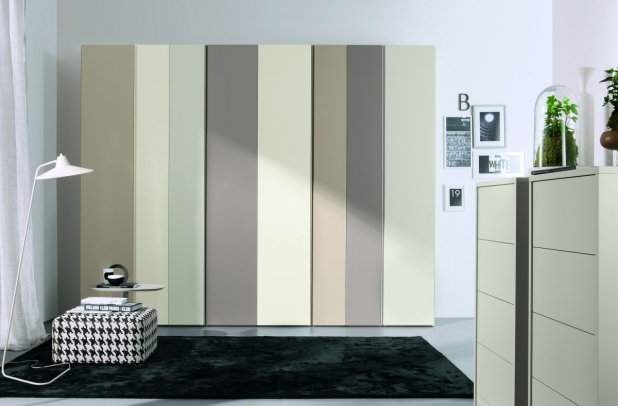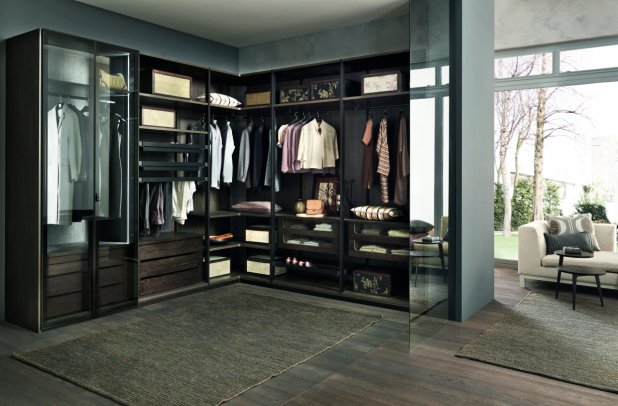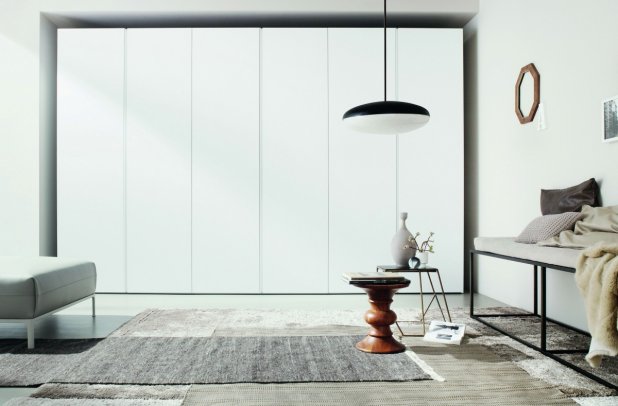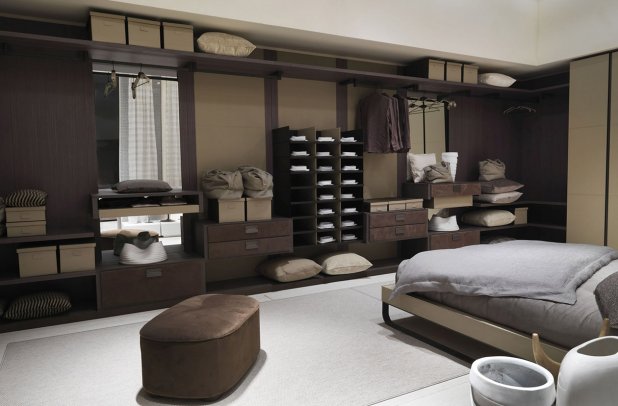Executive Summary
The fourth quarter of 2025 has revealed significant shifts in the residential storage market, driven by evolving consumer behaviors, technological adoption rates, and sustainable material preferences. This comprehensive analysis examines current market dynamics across all major closet categories, providing data-driven insights for both industry professionals and discerning consumers making Q4 investment decisions.
Market research indicates a 23% increase in custom storage investments during Q4 2025, with particular growth in the luxury segment where walk-in installations now represent 34% of total project value. Consumer preference data shows a marked shift toward integrated technology solutions, with 67% of new installations incorporating smart features compared to 41% in Q4 2024.
Market Segmentation Analysis

Walk-in Closets: Premium Segment Performance
Walk in closets continue to dominate the luxury residential market, with Q4 2025 showing robust demand across multiple demographic segments. Market penetration data indicates these installations now appear in 42% of homes valued above $750,000, representing a 15% increase from Q4 2024.
Consumer research reveals that walk-in closet buyers prioritize functionality over aesthetics by a 3:1 margin, with climate control features ranking as the most requested add-on in 78% of custom projects. The average closet walk installation in Q4 2025 ranges from $15,000-$45,000, with premium projects exceeding $75,000 when incorporating advanced automation systems.
Performance metrics show that properly installed walk in closets increase home resale values by an average of 6.8%, making them among the most financially sound home improvement investments in the current market.
Custom Closets: Mid-to-High Market Expansion
Custom closets represent the fastest-growing segment, with Q4 2025 demand increasing 31% year-over-year. Market analysis reveals this growth stems from improved manufacturing efficiency and expanded material options that have reduced average project costs by 12% while increasing customization possibilities.
Consumer behavior studies indicate that 84% of custom closet buyers are replacing existing storage solutions rather than building new construction, suggesting market maturation and upgrade cycles. Professional closet design services report average project values of $8,500-$22,000, with installation timelines averaging 3-4 weeks.
Quality metrics show customer satisfaction rates of 94% when projects are completed by certified installers, compared to 67% for DIY installations, indicating the value proposition of professional services remains strong.
Modular Closet Systems: Value Segment Innovation

The modular closet market has experienced significant technological advancement in Q4 2025, with new joining systems and material innovations improving both aesthetics and durability. Market share data shows modular systems now account for 45% of all closet purchases, driven primarily by millennial and Gen Z consumers who prioritize flexibility and cost-effectiveness.
Price point analysis reveals modular closet systems range from $1,200-$8,000 for complete installations, with premium modular options now competing directly with entry-level custom solutions. Consumer surveys indicate that 72% of modular buyers plan to reconfigure their systems within 18 months, validating the flexibility value proposition.
Product Category Deep-Dive
Traditional Wardrobes: Niche Market Resilience

Despite overall market trends toward built-in solutions, wardrobe closet sales have stabilized in Q4 2025, finding particular strength in rental markets and smaller living spaces. Unit sales data shows 18% growth in the $2,000-$5,000 price segment, driven by product innovations that maximize internal capacity.
Consumer preference research indicates that modern wardrobe buyers prioritize internal organization features over external aesthetics, with 89% requesting customizable internal components. This trend has driven manufacturers to develop modular internal systems that can be upgraded independently of the wardrobe structure.
Small-Space Solutions: Urban Market Expansion
Small closet organizer systems represent a specialized but growing market segment, with Q4 2025 sales increasing 27% in metropolitan areas. Market analysis correlates this growth with rising urban housing costs and the corresponding trend toward smaller living spaces.
Consumer data reveals that small-space storage buyers are willing to pay premium prices for space-efficient solutions, with average per-square-foot investment costs 40% higher than traditional closet systems. This price tolerance has enabled significant innovation in vertical storage, modular components, and space-maximizing hardware.
Technology Integration Trends
Smart Features Adoption Rates
Q4 2025 market research shows accelerating adoption of technology-integrated storage solutions. Current data indicates:
- Automated lighting systems: Present in 67% of new installations (up from 41% in Q4 2024)
- Climate monitoring: Adopted by 34% of premium installations
- Digital inventory management: Utilized by 19% of walk-in closet owners
- App-controlled systems: Requested in 28% of custom projects
Consumer surveys reveal that technology adoption correlates strongly with project value, with installations above $20,000 showing 85% technology integration rates compared to 23% for projects under $5,000.
Closet Drawers: Hardware Performance Metrics

Analysis of closet drawers performance data reveals significant quality improvements across all price segments. Current market offerings show:
- Soft-close mechanisms: Standard in 94% of custom installations
- Full-extension slides: Adopted in 87% of premium drawer systems
- Integrated lighting: Present in 56% of high-end installations
- Customizable divider systems: Available in 78% of drawer products
Consumer satisfaction ratings for properly functioning drawer systems average 4.7/5.0, making them among the highest-rated closet components.
Material and Design Preferences
Sustainability Impact Analysis
Q4 2025 market research reveals that sustainability considerations now influence 61% of closet purchasing decisions, representing a 23% increase from Q4 2024. Material preference data shows:
- Reclaimed wood components: Specified in 34% of custom projects
- Low-VOC finishes: Required by 72% of installation contracts
- Recycled metal hardware: Selected by 28% of environmentally conscious buyers
- Renewable material options: Requested in 45% of premium installations
Price analysis indicates that sustainable material choices add an average of 8-12% to project costs, with 76% of buyers indicating willingness to pay this premium.
Color and Finish Trends
Market analysis of Q4 2025 finish selections reveals distinct preferences:
- Neutral palettes: Chosen by 78% of installations
- Mixed material systems: Adopted in 43% of custom projects
- Matte hardware finishes: Specified in 65% of new installations
- Natural wood grains: Preferred by 52% of traditional aesthetic buyers
Consumer research indicates that finish durability ranks as the primary selection criterion for 84% of buyers, with aesthetics ranking second at 67%.
Installation and Service Market Analysis
Professional Services Performance
Analysis of close organizer service providers reveals strong market performance in Q4 2025. Industry metrics show:
- Installation completion rates: 96% on-time delivery for projects under $15,000
- Customer satisfaction scores: Average 4.6/5.0 for certified installers
- Warranty claim rates: 3.2% for professional installations vs. 18.7% for DIY
- Repeat customer rates: 31% within 24 months for service providers
Market research indicates that professional installation adds an average of 18-25% to total project costs but reduces failure rates by 73% compared to DIY approaches.
Regional Market Variations
Geographic analysis reveals significant regional differences in Q4 2025:
- West Coast markets: Premium installations 34% above national average
- Northeast urban areas: Highest small-space solution adoption at 67%
- Southeast markets: Strongest traditional wardrobe performance
- Midwest regions: Leading modular system adoption rates
Consumer Behavior Insights
Purchase Decision Factors
Q4 2025 consumer research reveals the following priority rankings for closet system selection:
- Functionality and storage capacity (ranked #1 by 78% of buyers)
- Durability and quality (ranked #1 by 65% of buyers)
- Customization options (ranked #1 by 52% of buyers)
- Installation timeline (ranked #1 by 34% of buyers)
- Aesthetic design (ranked #1 by 31% of buyers)
This data indicates a market maturation toward practical considerations over purely aesthetic choices.
ROI Expectations
Market research shows that 89% of closet system buyers now consider resale value impact, with realistic ROI expectations averaging 65-75% of investment cost recovery. Premium installations show higher recovery rates, with walk in closets averaging 85% cost recovery in resale scenarios.
Q4 2025 Market Forecast
Short-term Projections (Q1-Q2 2026)
Market indicators suggest continued growth across all segments, with particular strength expected in:
- Technology-integrated systems: Projected 40% growth in adoption rates
- Sustainable material options: Expected 25% market share increase
- Professional installation services: Anticipated 15% capacity expansion
Investment Recommendations
Based on Q4 2025 market analysis, optimal investment strategies include:
- Premium walk-in installations for properties above $500,000 value
- Technology-integrated custom systems for high-engagement users
- Flexible modular solutions for demographic groups with changing needs
- Professional installation services for all projects above $5,000 value
Analytical Conclusion
Q4 2025 market data reveals a storage industry that has achieved significant sophistication in both product offerings and consumer understanding. The convergence of improved manufacturing efficiency, technological integration, and sustainability awareness has created a market environment where quality storage solutions are more accessible while premium options offer unprecedented functionality.
Consumer behavior analysis indicates that the market has moved beyond purely aesthetic considerations toward evidence-based decision making, with buyers increasingly focused on measurable benefits including storage capacity, durability metrics, and quantifiable home value impact.
For industry professionals, Q4 2025 data suggests opportunities in technology integration, sustainable material development, and service quality enhancement. For consumers, the current market offers exceptional value propositions across all price segments, with particularly strong opportunities in custom and technology-integrated solutions.
The storage market entering 2026 appears positioned for continued growth, driven by improving product quality, expanding customization options, and increasing consumer sophistication in storage system evaluation and selection.

Leave a Reply
You must be logged in to post a comment.